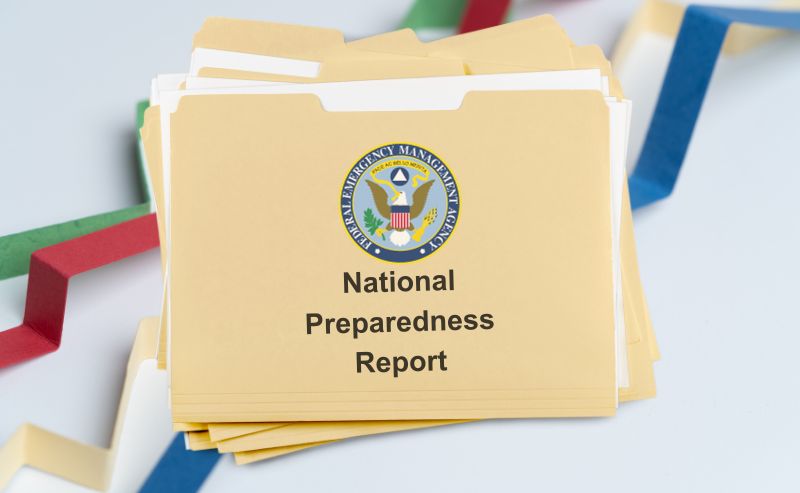Is your emergency management or homeland security plan certified by the Emergency Management Accreditation Program, or EMAP? If not, it can (and should be). As the only accreditation process for such plans, EMAP is considered the “gold seal” among organizations involved in the prevention of, mitigation against, preparedness for, response to, and recovery from disasters and emergencies.
BOLDplanning, the preeminent leader in emergency and continuity planning, reveres this prestigious designation, and wants to help your organization (like so many of its clients) earn it. Here are five important things the company wants you to know as you consider, start, or even work through, the EMAP accreditation process.
- As an independent, non-profit organization, EMAP fosters excellence and accountability in emergency management and homeland security programs, by establishing credible standards applied in a peer review accreditation process. This process evaluates emergency management programs on compliance with requirements in sixteen areas, including: planning; resource management; training; exercises, evaluations, and corrective actions; communications and warning; and administration.
- EMAP defines “emergency management” in the broadest sense, meaning it encompasses all organizations with emergency/disaster functions in a jurisdiction, rather than only one agency or department. Such organizations include, but are not limited to local, state, federal, higher education and tribal governments.
- There are five steps to the EMAP accreditation process. Though rigorous, many others have followed these steps and obtained this completely voluntary, but highly regarded certification. They are now at the top of the list of the nation’s “best prepared” organizations. Rhode Island, for example, just received national accreditation for EMAP at the State House in January 2018. (Congratulations from BOLDplanning!).
- To achieve accreditation, applicants must demonstrate through self-assessment, documentation and peer assessment verification that its program meets the Emergency Management Standard. The emergency management program uses the accreditation to prove the capabilities of their disaster preparedness and response systems.
- EMAP accreditation is valid for five years and the program must maintain compliance with the Emergency Management Standard to preserve its accreditation during that time.
If you have not done so already, you can begin the the accreditation process by subscribing to EMAP online. This simple step gives you immediate access to the Program Assessment Tool and other services.
You might also consider taking part in EMAP Emergency Management Standard Training. It’s being offered during the IAEM Region 4 Training Summit in Nashville, Tennessee on April 22-23, 2018, and registration is still open. Such events provide an excellent opportunity to learn from others who are well-versed in EMAP accreditation, as well as passionate about emergency and continuity planning. BOLDplanning will be there—Booth #15.
With 10,000 Continuity of Operations/Government, Emergency Operations, Business Continuity and Hazard Mitigation plans now under its belt, BOLDplanning is a trusted resource, and always ready to assist. Email info@BOLDplanning.com or call 615.469.5558 to learn more now.






